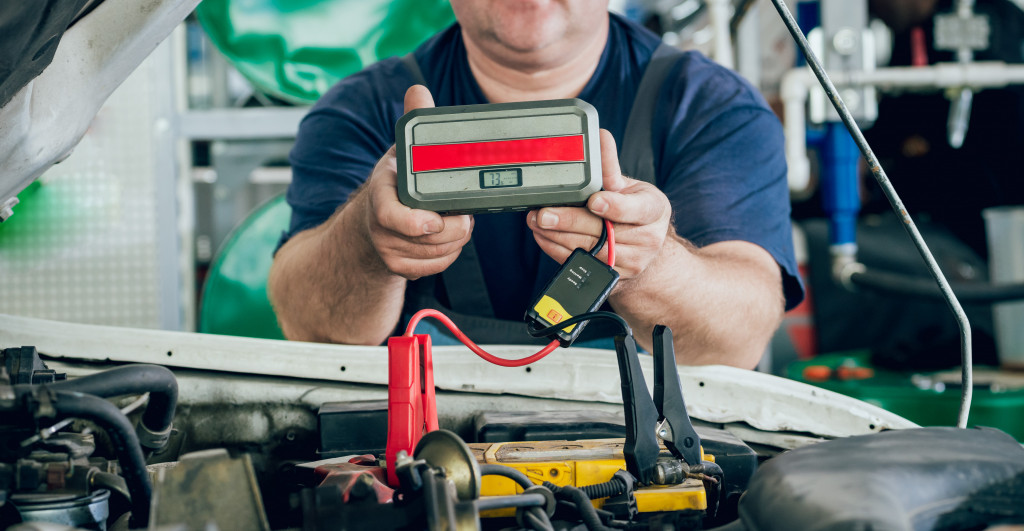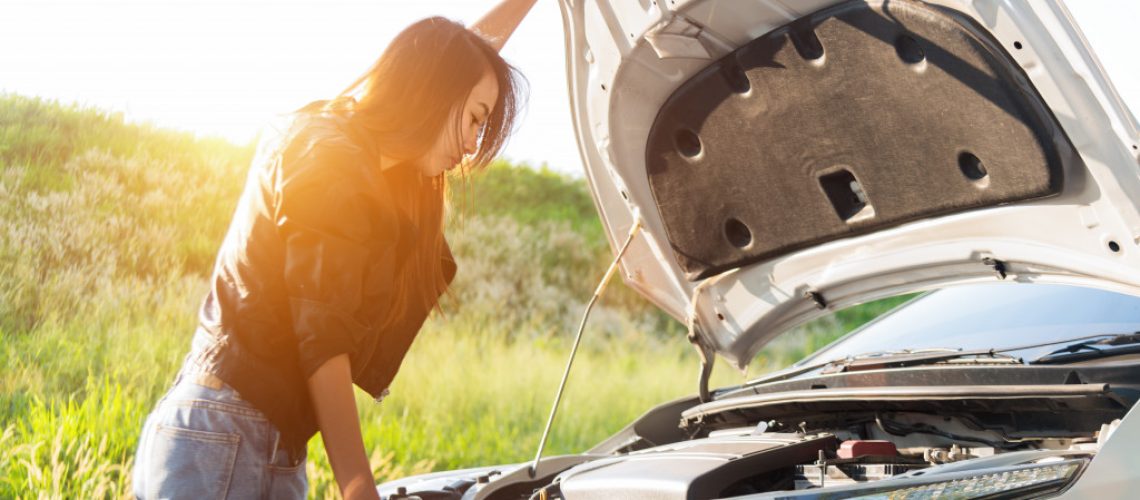Summer is the perfect time for a road trip. The weather is nice, and there are so many places to explore. But before you hit the open road, make sure you have the proper skills to keep your car running smoothly. Here are four essential car skills every driver should know before embarking on a road trip.
Changing or Repairing Tires
One car skill every driver should know before hitting the open road is how to change or repair a flat tire. While it may seem daunting, changing a tire is relatively simple. And, even if you don’t feel comfortable changing the tire yourself, understanding the basics of how it’s done will be beneficial if you ever find yourself in a roadside emergency.
The first step is to loosen the lug nuts on the wheel using a lug wrench. Once the lug nuts are loose, you can jack up the car and remove the flat tire. To do this, place the jack under the car at a level with a flat tire. Once the tire is off, you can then put on the spare tire. Be sure to tighten the lug nuts securely before lowering the car back down to the ground.
If you don’t have a spare tire or your spare is also flat, you’ll need to call for roadside assistance. In some cases, you may be able to patch up the tire enough to get you to a nearby service station. However, it’s always best to err on caution when it comes to safety on the road.
In the end, if you still don’t feel like changing the tire yourself, there’s no need to worry. You can easily call a mobile tire repair service provider and seek help for the task. Since these are mobile services, they will come to your location to help you out. Hence, you won’t have to worry much about learning to repair the tires yourself. However, it’s always a good skill to know so that you can help yourself out of a car emergency.
Jumping a Battery
Before heading out on a road trip, it’s always good to brush up on your car skills. One important skill to know is how to jump a battery. If your car mysteriously dies in the middle of nowhere, you’ll be glad you know how to do this. Here’s a quick overview of the process: first, find another car with a working battery and open both hoods. Next, locate the positive and negative terminals on each battery. Once you’ve found them, attach the red jumper cable to the dead battery’s positive terminal. Now, attach the cable’s other end to the positive terminal of the working battery. Next, attach the black jumper cable to the working battery’s negative terminal. Next, you need to attach the cable’s other end to any metal surface on the dead car that is not part of the electrical system (this will help ground the circuit and prevent sparks). Finally, start up the working car and let it run for a few minutes until the dead battery has enough charge to start up on its own. Now you’re ready to hit the open road!

Checking and Adding Fluids
Before heading out on a road trip, it’s important to make sure your car is in good condition. This includes checking and adding fluids as needed. Here are the most important fluids to check:
- Engine oil: This helps to keep your engine cool and lubricated. Be sure to check the level and quality of your oil before heading out on a long trip.
- Transmission fluid: This helps to keep your transmission operating smoothly. Check the level and condition of your transmission fluid before hitting the road.
- Brake fluid: This helps to keep your brakes functioning properly. Make sure you have enough brake fluid before setting out on a long journey.
- Power steering fluid: This helps to keep your steering system operating smoothly. Check the level and condition of your power steering fluid before setting off on a road trip.
By checking and adding fluids as needed, you can help ensure that your car is in good condition for a long road trip.
Reading The Map
Any road trip requires careful planning, and one of the most important skills to master is reading a map. Although GPS systems have made it easier to get from point A to point B, there are still many benefits to being able to read a physical map. For one thing, it’s always a good idea to have a backup navigation system in case of an emergency. Additionally, maps can provide a more detailed overview of the surrounding area, which can be helpful when making sightseeing plans. To read a map, start by orienting yourself to the cardinal directions. Then, locate your starting point on the map and trace your route to your destination. Along the way, pay attention to landmarks and other points of interest that might be worth exploring. With a little practice, reading a map will become second nature — and it just might come in handy on your next road trip.
Knowing these essential car skills will help you have a smooth and enjoyable road trip. So before you hit the open road, brush up on your car knowledge to ensure a safe and fun journey.

